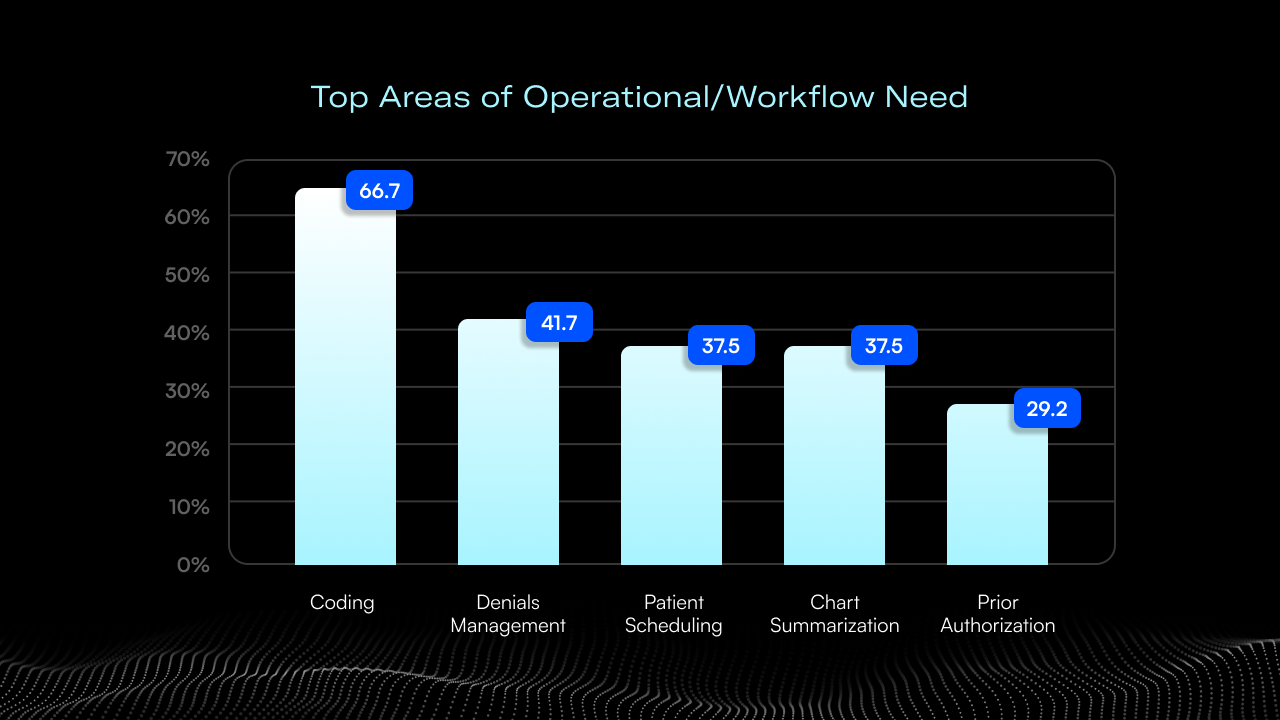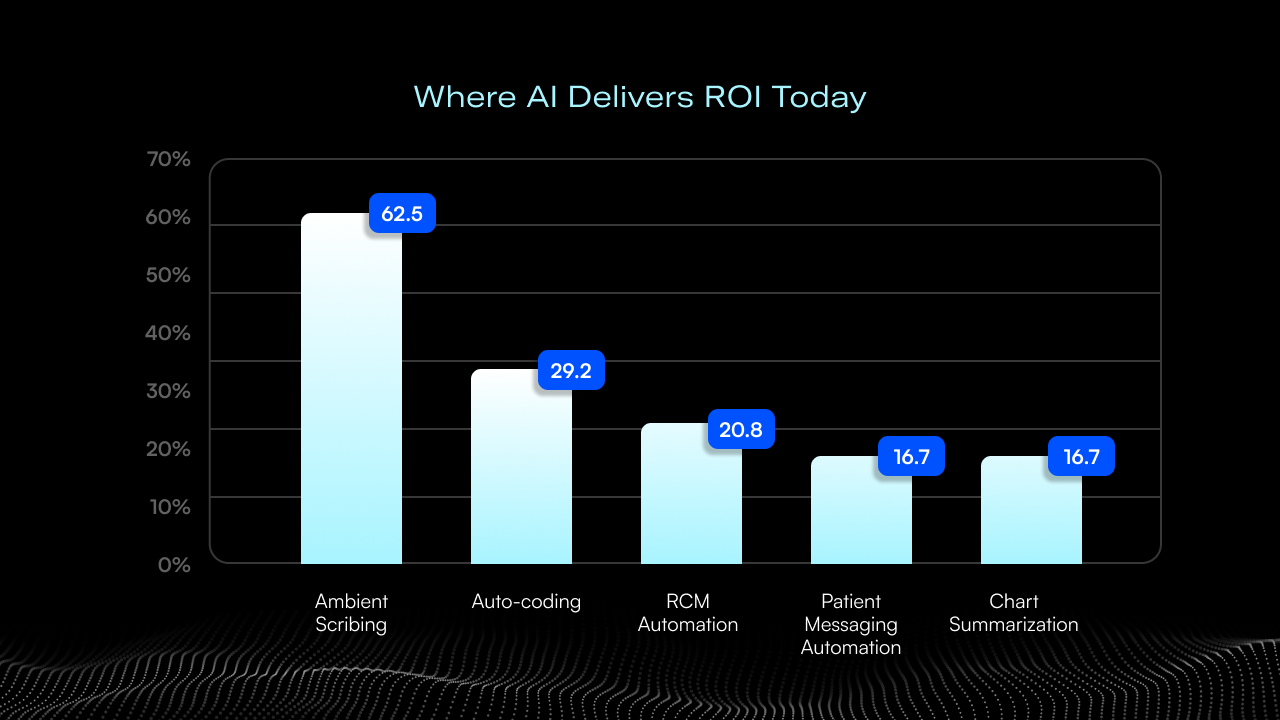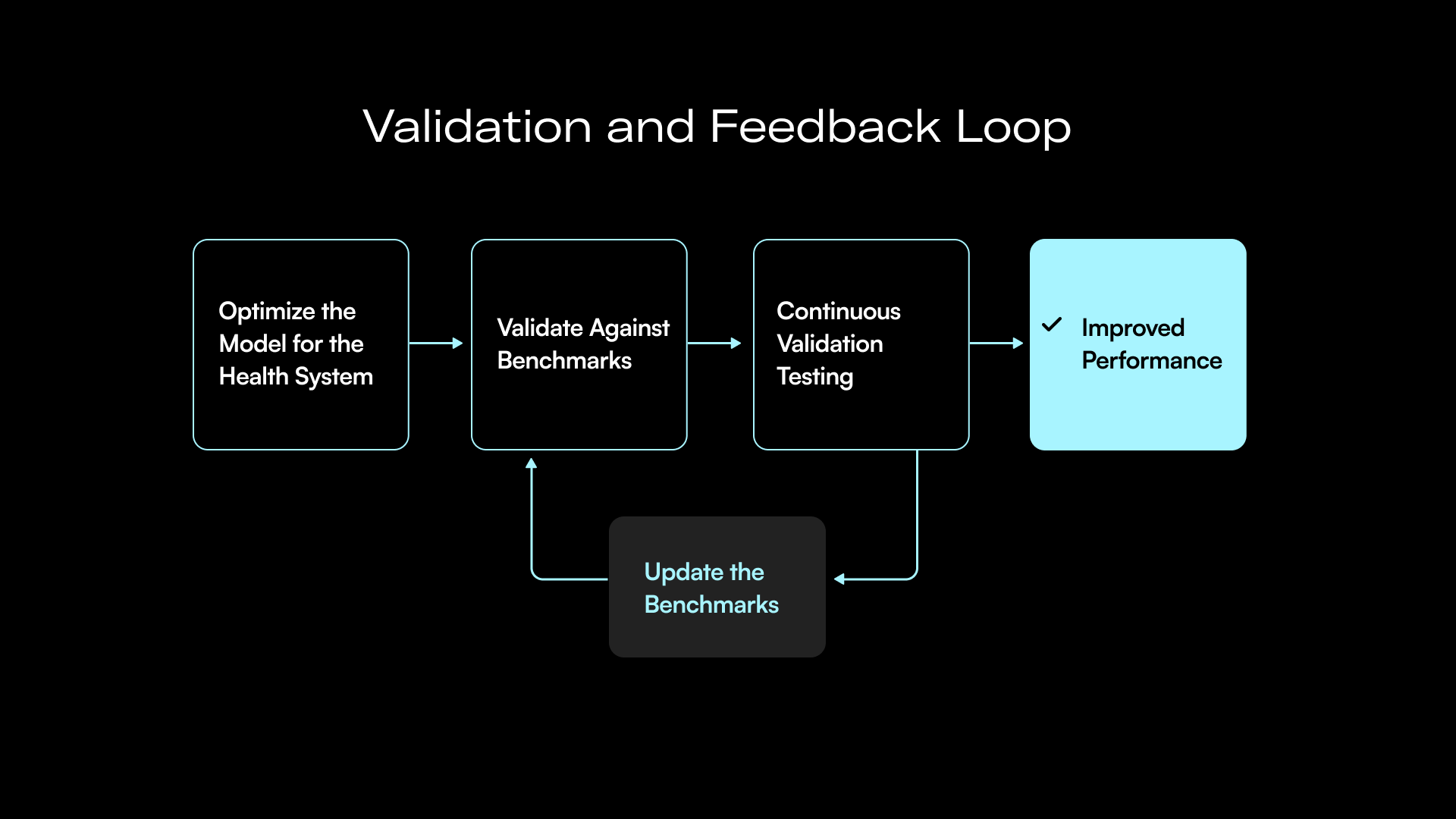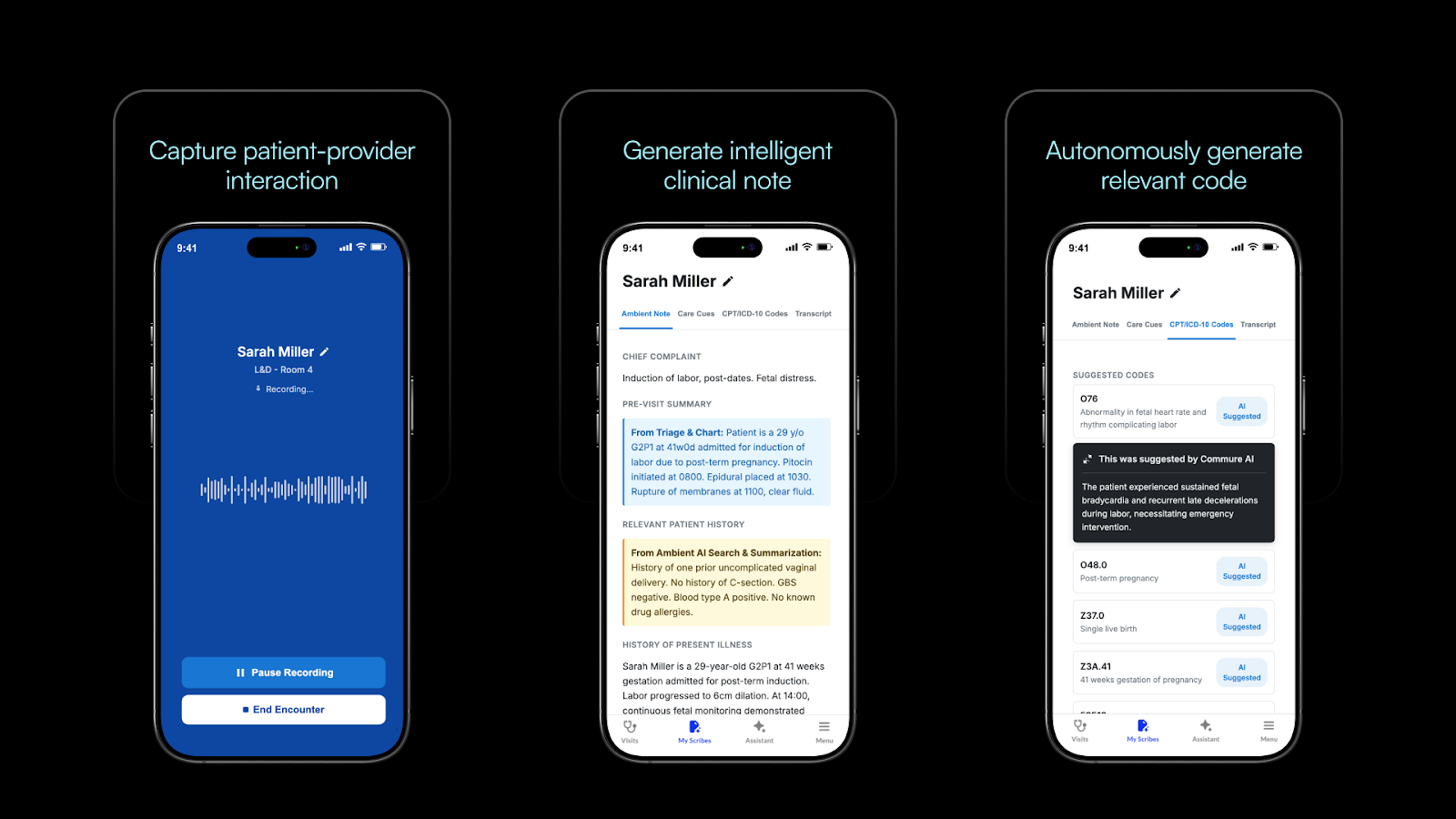AI is taking the healthcare industry by storm, with nearly two-thirds of physicians reporting utilizing AI in 2024, up from only 38% in 2023. Being able to easily integrate AI tools into existing workflows and quickly find new use cases is key to success. This is where AI healthcare assistants are becoming essential tools. Unlike past digital assistants (such as chatbots or phone-based interactive voice response (IVR) systems), today’s AI healthcare assistants can adapt, learn, and operate across clinical, operational, and financial workflows.
Innovation leaders across the country are reviewing AI healthcare assistants and agents to streamline workflows from patient access to back-office operations. But with so many options, the questions remain: Which use cases are real? How are AI healthcare assistants actually delivering value today?
AI Healthcare Assistants vs Traditional Healthcare Automation
Traditional automation tools in healthcare (like IVR systems or chatbots) follow fixed scripts and often lack the flexibility to respond to real-world complexity. AI healthcare assistants (also known as AI Agents or Agentic AI) are built differently. By utilizing generative AI/natural language processing and integrating in real-time with EHRs and hospital systems, they support a wide range of users and tasks, from guiding patients through appointment scheduling to helping staff manage intake, billing, follow-up, and more.
These assistants work across clinical, operational, and financial workflows, processing information in real time. This ability makes them far more effective than earlier systems that required manual oversight or constant updates.
Commure Agents take typically point-solution-based AI healthcare assistants a step further by delivering these capabilities through a single, modular platform. Built in close collaboration with clinical teams, the tools are designed for ease of use and rapid deployment. They integrate with existing infrastructure, allowing health systems to address targeted needs first and scale over time. The result is a smarter approach to automation that improves outcomes without adding complexity.
Clinical, Operational, and Financial Use Cases for AI Healthcare Assistants
Clinical Use Cases
Leading health systems are embedding AI healthcare assistants into clinical workflows to increase efficiency and support care quality. One of the most prominent uses is ambient documentation, where the assistant captures and structures notes during a patient encounter. This reduces the time providers spend charting and improves the completeness of clinical records. Providers using Commure Ambient AI see an average 81% reduction in overall clinical documentation time.
AI healthcare assistants can also trigger timely post-visit follow-ups, checking on symptoms, recovery progress, or medication adherence. By automating these touchpoints, health systems can stay connected with patients between visits without adding to clinician workload.
Operational Use Cases
Front office staff also benefit significantly from AI healthcare assistants by automating patient intake, verifying demographic data, and flagging missing information before the visit even starts. AI healthcare assistants can also handle appointment scheduling and rescheduling, reducing call volumes and administrative backlogs.
Pre-visit instructions, such as fasting requirements or parking details, can be sent automatically and adjusted based on appointment type. These improvements enhance operational efficiency and patient preparedness, which translates into fewer delays and a smoother front-desk experience.
Financial Use Cases
For billing teams, AI healthcare assistants ensure smoother transactions and better communication. They can verify insurance eligibility, confirm benefits coverage, and flag issues that might delay payment. By prompting patients to update insurance information or submit missing documentation, these assistants help reduce claim denials.
They also automate payment reminders and offer flexible payment plan options based on patient eligibility. This improves revenue cycle performance while making the process less confusing and more transparent for patients.
Closing the Gap Between Hype and Results
Virtual assistants used to mean clunky phone trees or websites that couldn’t answer basic questions. That’s no longer the case. The most effective tools today use advanced AI and are embedded in clinical and operational workflows, built for outcomes from the start. They integrate with existing systems, adapt to user needs, and begin delivering value without long implementation cycles.
Commure brings this into a modular, interoperable platform that is co-developed with the clinical teams using it. This foundation keeps the focus on what matters most, providing excellent care, capturing revenue, and making the most out of clinician time.

.jpeg)






.png)
.png)








.gif)



%20(1).jpg)
%201.png)
%204.png)
%202.png)
%203.png)